There is a foregone conclusion in some tests. A car that, before you’ve even read the story, you would bet good money on winning. Take the Porsche 911 GT3 RS, for example.
But this isn’t one of those features. Any of the three cars here is capable of winning this test, and I know this because, even as I write, I’m not convinced that I’m sure on which car’s bid the hammer will fall. The three cars in this test are among the most different in character yet most competitive set of cars that I’ve tested in a long while.
The reason that they’re lined up at all is, of course, the arrival of the latest Volvo XC90, the new flagship SUV from the revitalised Swedish company. So revitalised is Volvo that although the XC90 is currently its newest model, it’ll be its oldest in just four years’ time.
Still, compared with the previous-generation XC90, which remained on sale for some 13 years, at a mere four it’ll still seem like a stripling. In four years’ time, there will be plenty of other car makers still only beginning to adopt Volvo’s way of doing things – most notably, the way it saves money.
Volvo is cutting the number of platforms it uses to just two scalable ones that will underpin every model it makes. More significant still, it’ll make no engine with more than four cylinders or of more than 2.0 litres, and its petrols and diesels will share as many components as is possible.
This D5 model, then – a nomenclature that would once have bagged you a five-cylinder diesel of large capacity – is a 2.0-litre four-pot turbodiesel making 222bhp and 347lb ft of torque. It drives all four wheels through an eight-speed automatic gearbox and, at this car’s launch a few months ago, I concluded that all of the above, plus a world-class interior, made it a remarkably likeable thing. However, the test cars at its launch rode on air springs.
Our complete road test team have got their mitts on the Volvo XC90 - see what they made of it here
This one is sprung by ‘real’ springs (steel coils on the front, a novel composite leaf spring on the rear). We’ll see whether that makes a difference, but the short of it is that it’s a £50k-ish SUV.
Today, it goes up against two cars of a similar ilk. To be honest, you can largely overlook the trim levels and optional equipment they arrived in and with and assume that, at £50,000, all three are available in likeable forms. We liked the Volvo’s rivals a great deal when they were launched and time has not withered their appeal.
BMW’s BMW X5 is most like the XC90 in ethos. It, too, has a steel monocoque, and this 25d model also has a 2.0-litre turbodiesel driving all four wheels through an eight-speed automatic. Its engine makes 228bhp and 369lb ft of torque.
And then there’s the oldest stager here, Land Rover’s Land Rover Discovery. It survives from a time when Land Rover’s braces-and-belt combo gave it chassis rails that were topped by a monocoque, which was exceptionally strong but gave it a kerb weight of 2504kg. The claimed kerb weights for both the BMW and the Volvo are half a tonne lighter, at 2040kg (X5) and 2009kg (XC90).
The Land Rover’s engine is also 50% bigger, toting two extra cylinders that give it an additional litre of capacity. Its 3.0-litre V6 makes 253bhp and a monster 443lb ft, but don’t think that gives it any kind of straight-line advantage in this company. The claimed acceleration time from 0-60mph is 8.8sec for the Land Rover, compared with 0-62mph times of 7.7sec for the BMW and 7.8sec for the Volvo.
Should you blame the fact that it’s old tech? You can a little. Land Rover hoped we’d note that the Discovery is a car that’s nearer the end than the start of its lifecycle, and we do, but it’s not something a buyer necessarily would. Most likely they’d only notice that, if they plumped for a Discovery, they’d be getting a car that is taxed on 213g/km of CO2 emissions, whereas the X5 (156g/km) and the XC90 (152g/km) are not.
Read the full Land Rover Discovery review
The Discovery, then, will have a task on its hands to be the car of choice here. But it’s where I start. And do you know what? It’s not a bad place to start at all, for lots of eminently sensible Land Roverish reasons. A Discovery seats you high because the car beneath you is rugged. And you feel as though you’re seated even higher than that, because the glass area is broad and the window line – somewhere between your shoulder and elbow – is low.
That lets a lot of light shine on your broad armchair, as you rest one elbow easily on the door top and the other on the central armrest. Because the edges of the bonnet are squared off, you can easily see where the Discovery ends. The mirrors are huge, the sides of the car are squared off, too, and the glass on the split tailgate’s upper half dips to aid rear visibility.
These things are now familiar but not insignificant, and they make the Land Rover feel like a car that is comfortable in its own skin. You sit back and relax and are the master of all you can see. It takes the ‘S’ out of ‘SUV’.
The cabin’s fit and finish do likewise. Sure, it’s plush enough – you’ll be hard pushed to find a hard or brittle surface – but it’s a busy cabin, with a lot of different finishes and chunky buttons. This is fine by me, and fine by Land Rover, which has an admirable theory that you should be able to comfortably work the controls even if you’re wearing gloves.
To those who love Discoverys and, more important, to those who use them for their intended purpose, these things matter.
But when BMW launched the X5 in 1999, it proved that a lot of people either do not use SUVs in a serious fashion or simply couldn’t give a monkeys if their ruggedness is compromised. They wanted a taller, more versatile, more capable version of a BMW they already owned.
Hence, the X5 cabin feels much like any other upper-end BMW’s: ergonomically sound and with an iDrive system that even the latest-generation Land Rover Discovery Sport, let alone this Discovery, cannot match.
There’s a broadly adjustable, far more car-like driving position than in the Land Rover. All of this comes with greater interior austerity, inevitably. The window line is high – shoulder high – so less light gets in, particularly in the back. And because no distinction is made to the cabin, it makes the X5 feel more like a tall5 Series than a true 4x4.
The previous XC90 was, arguably, closer in spirit to the Discovery than the X5, but this time it and the BMW are on more familiar terms. The XC90’s cabin – and it is exemplary – has a window line that begins at more like the BMWs height, although it stays flatter and is more airy in the rear, and the driver is treated to a massively adjustable driving position.
It’s cleanly and crisply designed inside, with first-rate fit and finish, choice materials and an absence of buttons allowed by an excellent large central touchscreen display that responds as quickly as a smartphone’s. Just as quickly, mind you, finger swipes can bring up long fingerprints that harm your ability to read it so easily in bright sunlight.
Read the full BMW X5 review
But although the dark finish to this test car’s cabin robs the XC90 of some of the airiness of the cars we tried at its launch, it feels less serious and conservative than the BMW, and I rather like that. Volvo hasn’t been afraid to express its personality inside, and it turns out that Volvo’s personality is easy to rub along with.
Rubbing along is easy to do in the Land Rover, too. To drive, the Discovery feels every inch the relaxed, loping 4x4 that its interior and key statistics suggested it would be. It fires to a refined and muted idle and has a leisurely but easily metered response to throttle applications – all the better off road or when manoeuvring at low speeds, Land Rover will tell you.
The steering is slowish, too, at about 3.4 turns between locks. But this is all fine. The secondary ride is extremely well isolated and body control, thanks to air springing, isn’t poor, either. You’re always aware of the girth of the car you’re driving, and the stability control system cuts in early if you dare try to forget it, but this is a stable, easy and exceedingly relaxing car to drive.
The BMW, quite obviously, feels more agile. It has only three turns between locks and its engine is even more muted and more responsive. Ditto its gearbox calibration. The Discovery is happy to hang in there in a higher gear, but the BMW is keener to drop and give you the acceleration you asked for.
This X5, an xDrive25d M Sport, comes as standard with adaptive dampers, which have two stages of calibration. They’re largely well judged, too, Comfort offering an approximation of that and Sport offering an effort at the other. In neither mode is the steering – non-linear in response and artificial in feel – particularly satisfying but, generally, the BMW drives like BMWs do. It rides well enough, grips strongly and is more agile than you’d credit. It’s not an engaging car to drive, but it’s a stable and predictable one.
And if the inside gave you a clue as to which way the Volvo swayed, the way it drives certainly will, too – yet, if anything, it feels even more agile than the BMW. Partly that’s presumably down to the relatively low weight, but some credit must also go to the way the XC90 is set up. Like the BMW, it wants three turns between steering locks, but away from a slightly reassuring straight-ahead tendency, it turns in with remarkable sharpness.
Body control is good and the ride firm – too firm, in truth, on this passively suspended model. Most of the time it’s acceptable, but there’s an underlying busyness to the ride on all but the smoothest of surfaces, and if you load up the suspension with, say, a cornering or braking force and then apply another input – a pothole or big surface imperfection – the XC90 is the most intrusive of the lot.
Air springs would, I suspect, solve that, and you should by no means think that the Volvo is duff even as it is. All of these cars are excellent and we’re talking small degrees here, by which it’s less isolated and more agile than the BMW but responsive enough to be preferable. It’s yet further away, in cabin isolation and agility, from the Land Rover, but I’m less inclined to think badly of the Discovery for that.
The verdict
If you want some ‘S’ in your SUV, the XC90 does a better job of behaving like a tall car than the BMW. Its engine and gearbox are eager – quieter, too, than the Land Rover’s, albeit making a less pleasing sound. Land Rover is happy to figure that, if you are buying a vehicle of this ilk, you’d like it to behave like one.Which is where I have the problem I came in with.
The Volvo has a truly excellent interior, is more interesting to drive and, if you want seven seats, its rear chairs are infinitely preferable to the BMW’s, all of which means the XC90 gets the nod over the X5.
But the XC90 and the Discovery are harder to split, because they are not attempting to do quite the same thing. I prefer the cut of the Discovery’s mature, isolated jib, and it’s the one I’d rather drive. Right up until, I suspect, where I had to pay some of the running costs – and at that point, the XC90 would seal the narrow victory I’m inclined to award it here.
Read Autocar's previous comparison - Range Rover Sport SVR versus BMW X5 M and Alpina XD3 Biturbo
Volvo XC90 D5 AWD Momentum
Price £45,750; 0-62mph 7.8sec; Top speed 137mph; Economy 48.7mpg; Kerb weight 2009kg; Engine 4 cyls in line, 1969cc, turbodiesel; Power 228bhp at 4250rpm; Torque 347;b ft at 1750rpm; CO2/tax band 152g/km, 26%; Gearbox 8-spd automatic
Land Rover Discovery HSE Lux
Price £59,965; 0-60mph 8.8sec; Top speed 112mph; Economy 35.3mpg; Kerb weight 2504kg; Engine V6, 2993cc, turbodiesel; Power 253bhp at 4000rpm; Torque 443lb ft at 2000rpm; CO2/tax band 213g/km, 37%; Gearbox 8-spd automatic
BMW X5 xDrive25d M Sport
Price £49,790; 0-62mph 7.7sec; Top speed 137mph; Economy 47.9mpg; Kerb weight 2040kg; Engine 4 cyls in line, 1995cc, turbodiesel; Power 228bhp at 4400rpm; Torque 369b ft at 1500rpm; CO2/tax band 156g/km, 29%; Gearbox 8-spd automatic
Get the latest car news, reviews and galleries from Autocar direct to your inbox every week. Enter your email address below:


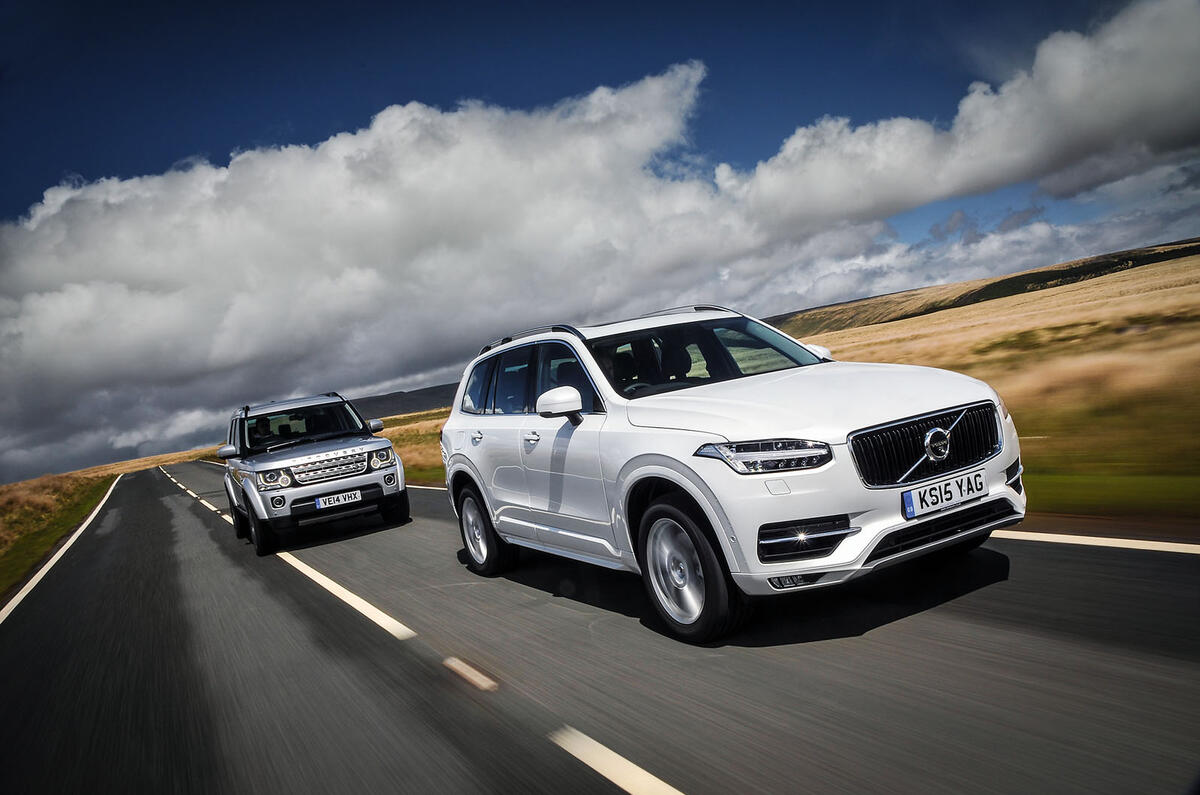
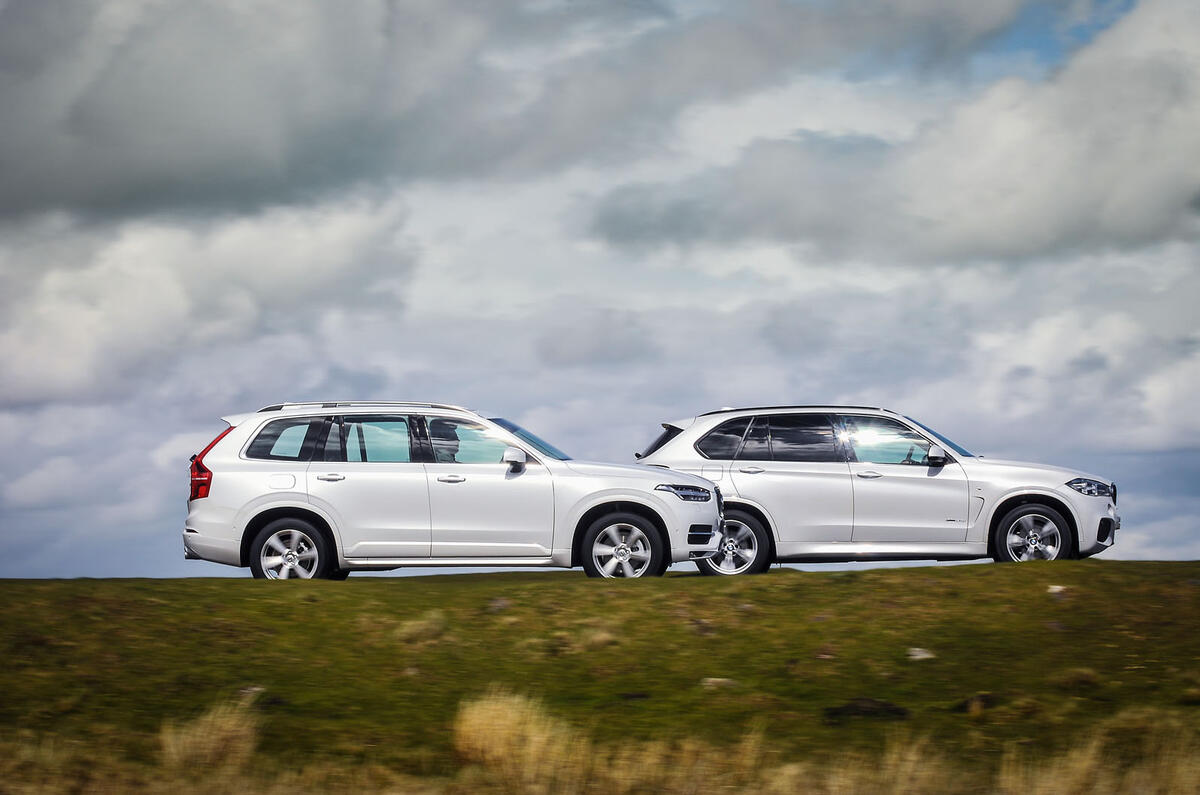
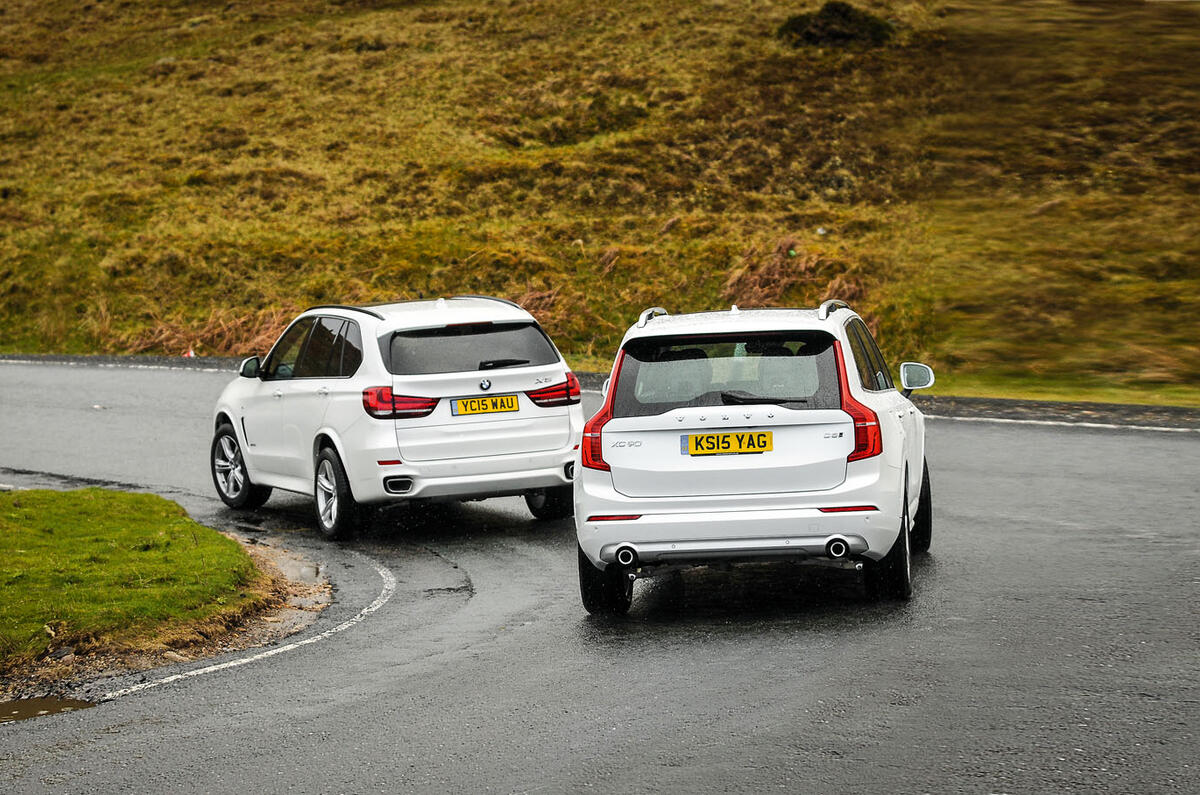
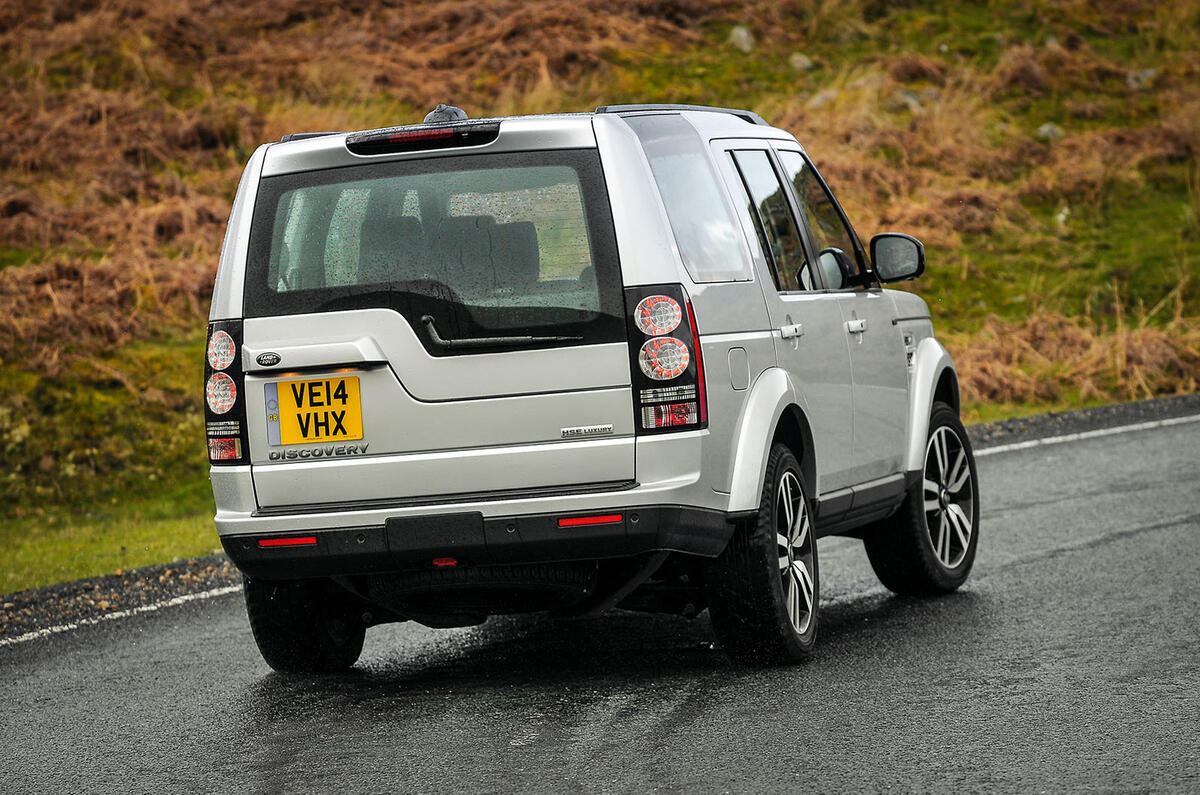
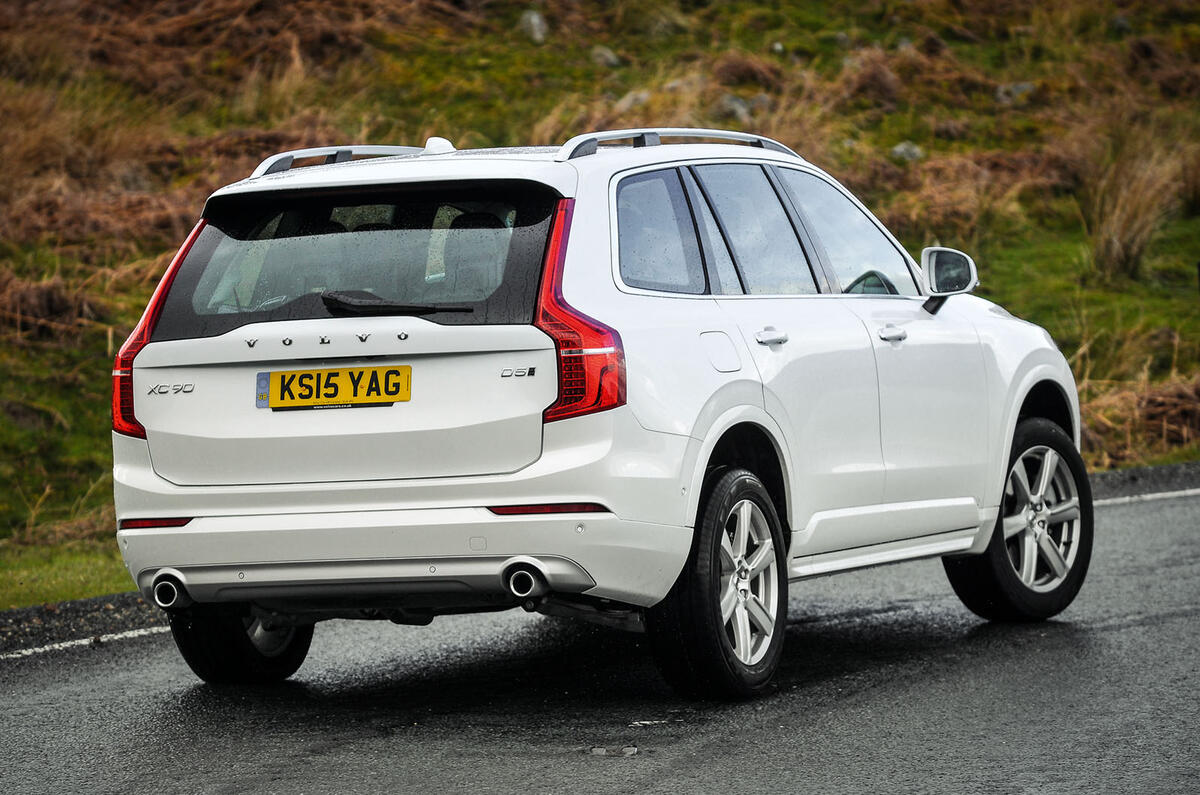
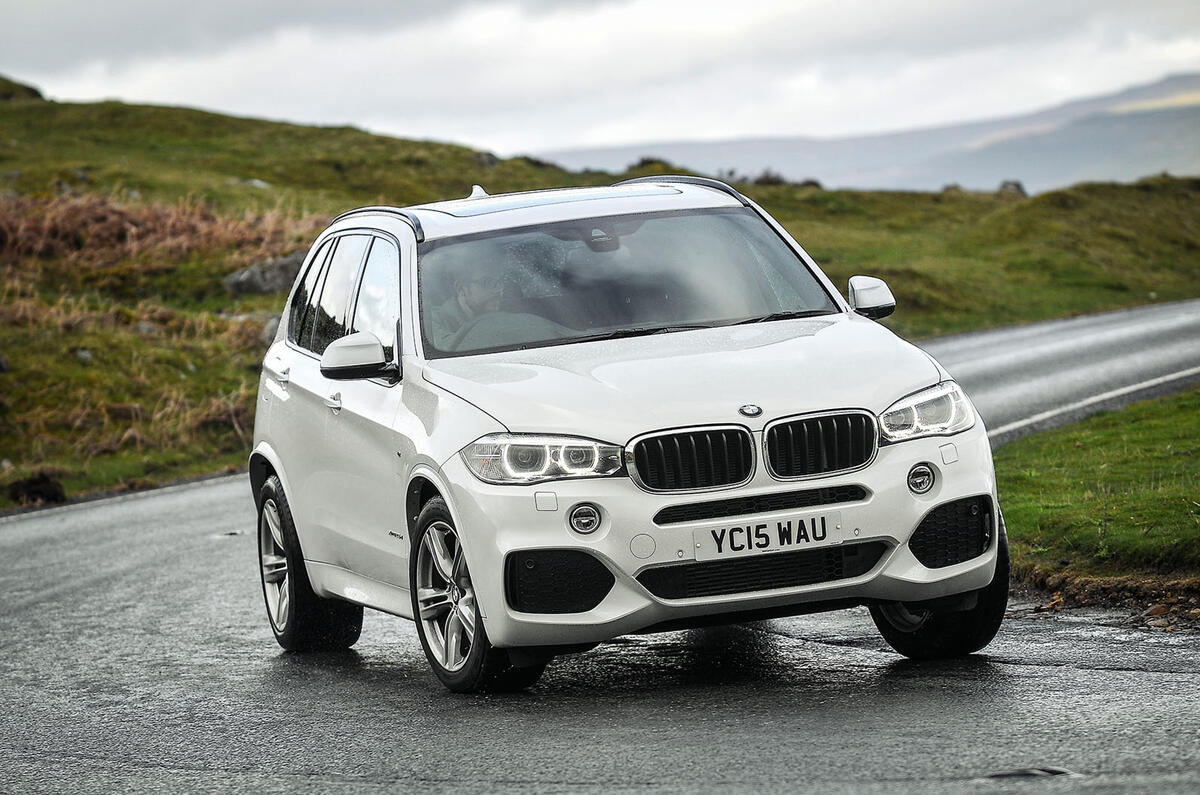
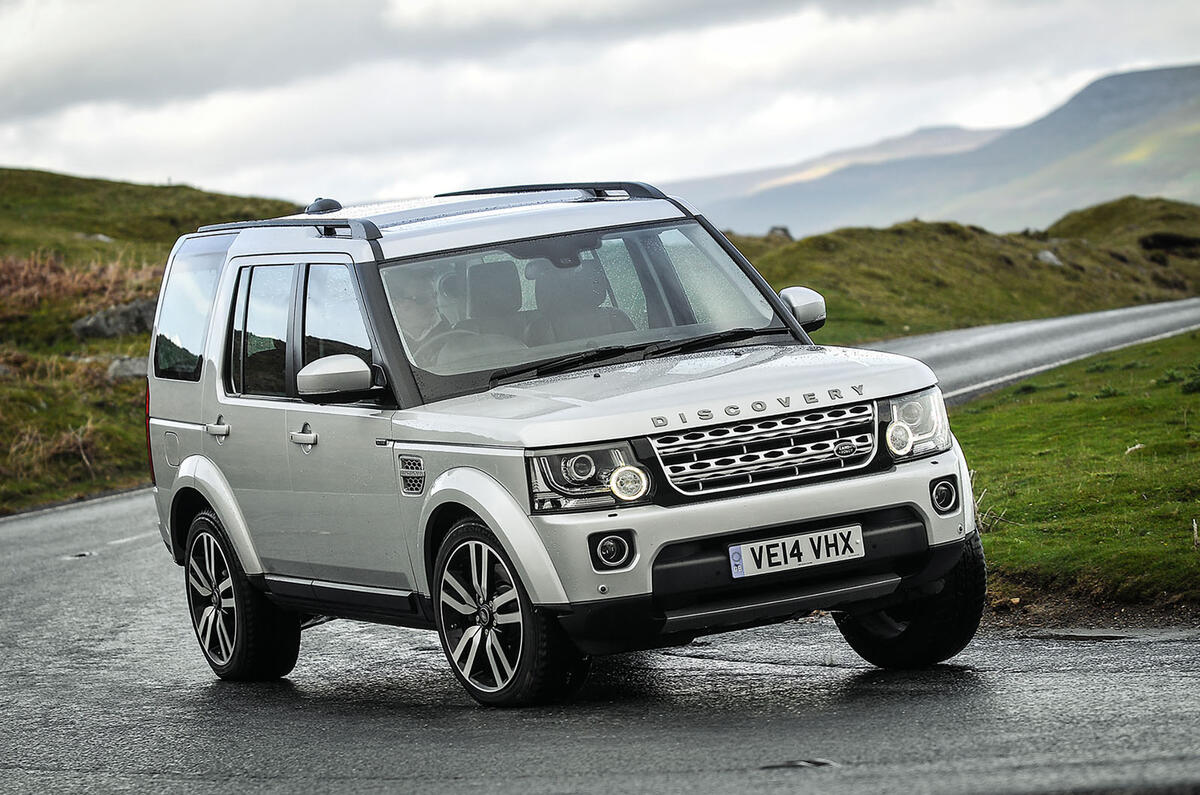
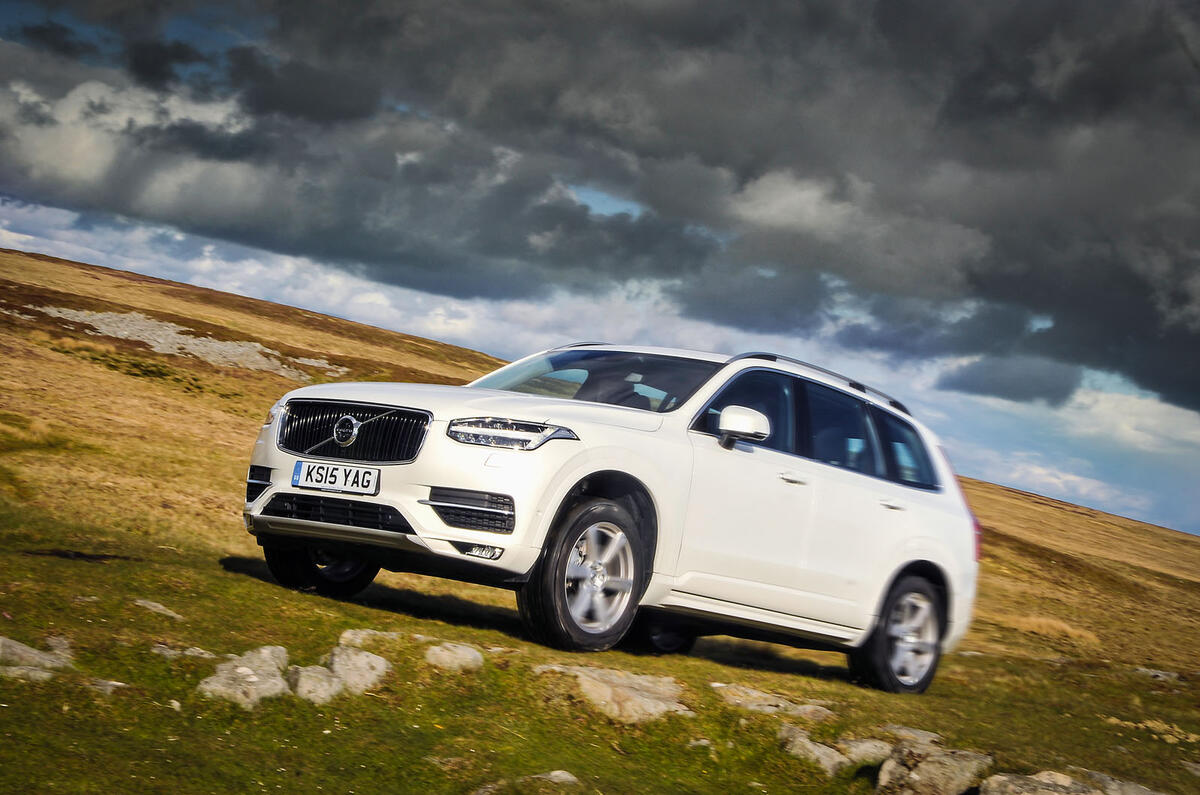
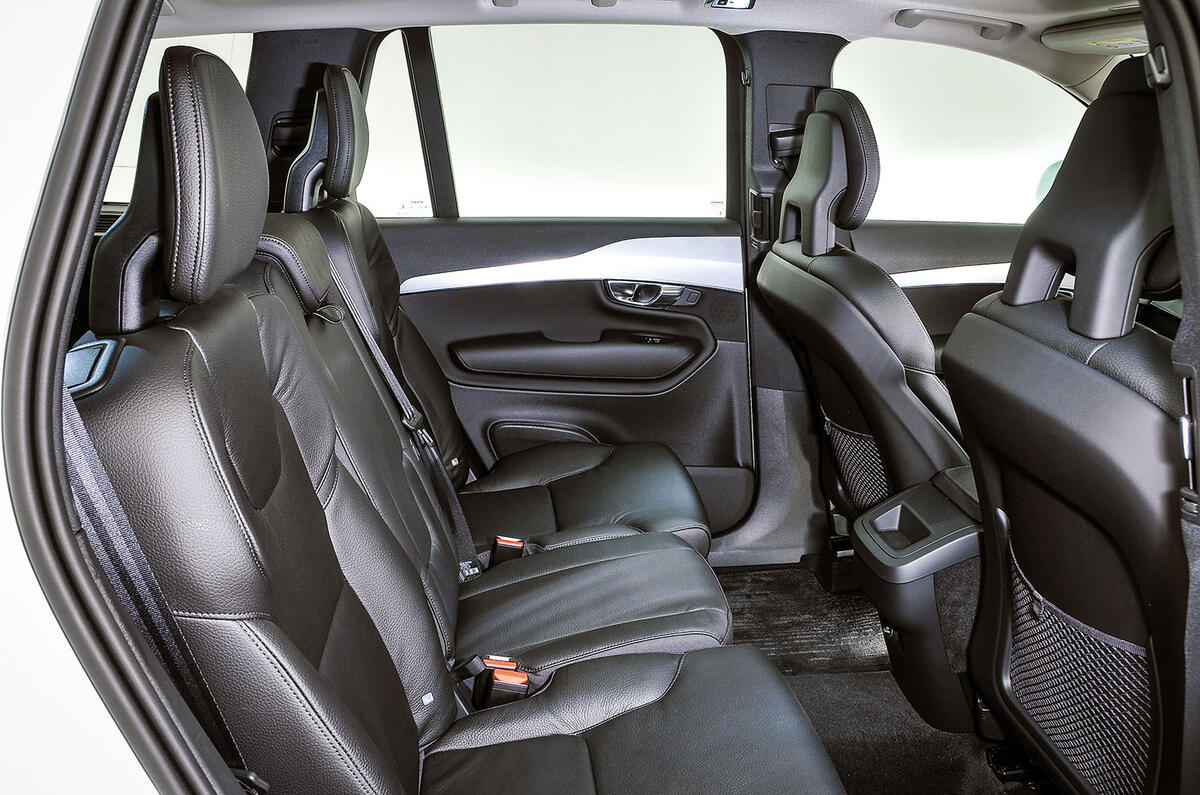
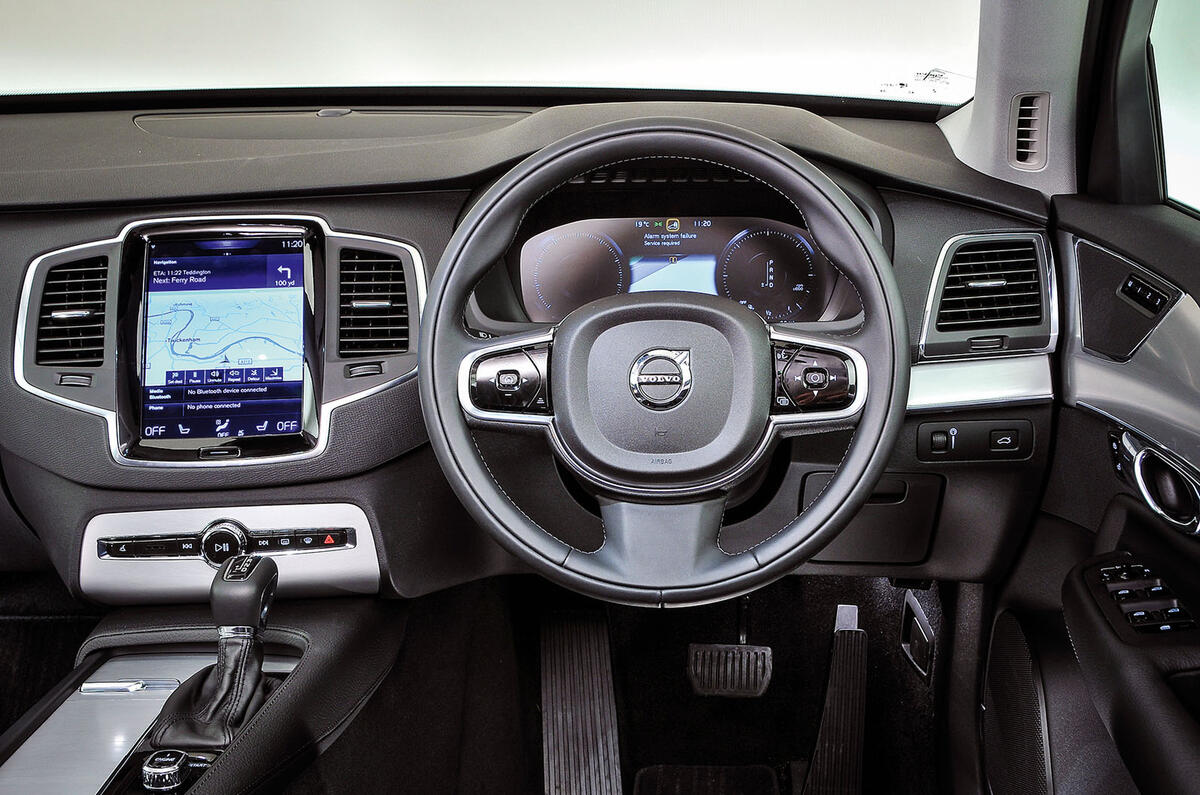
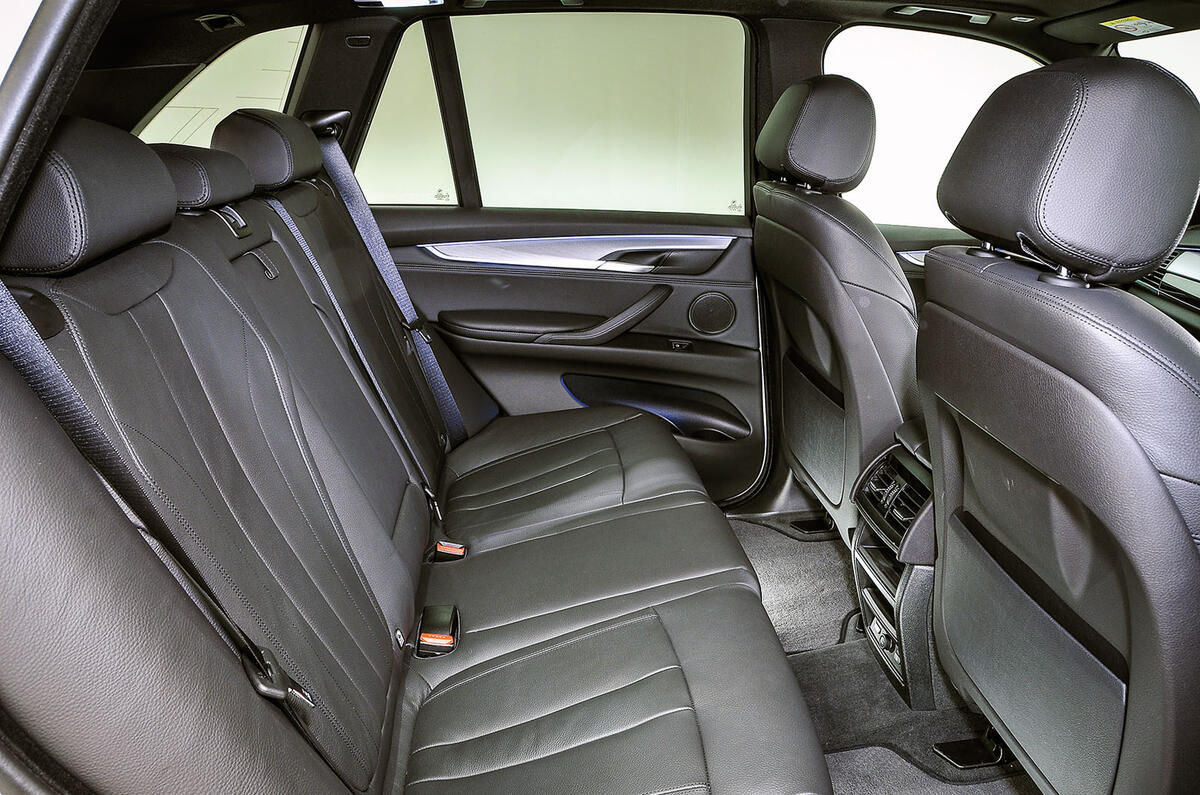
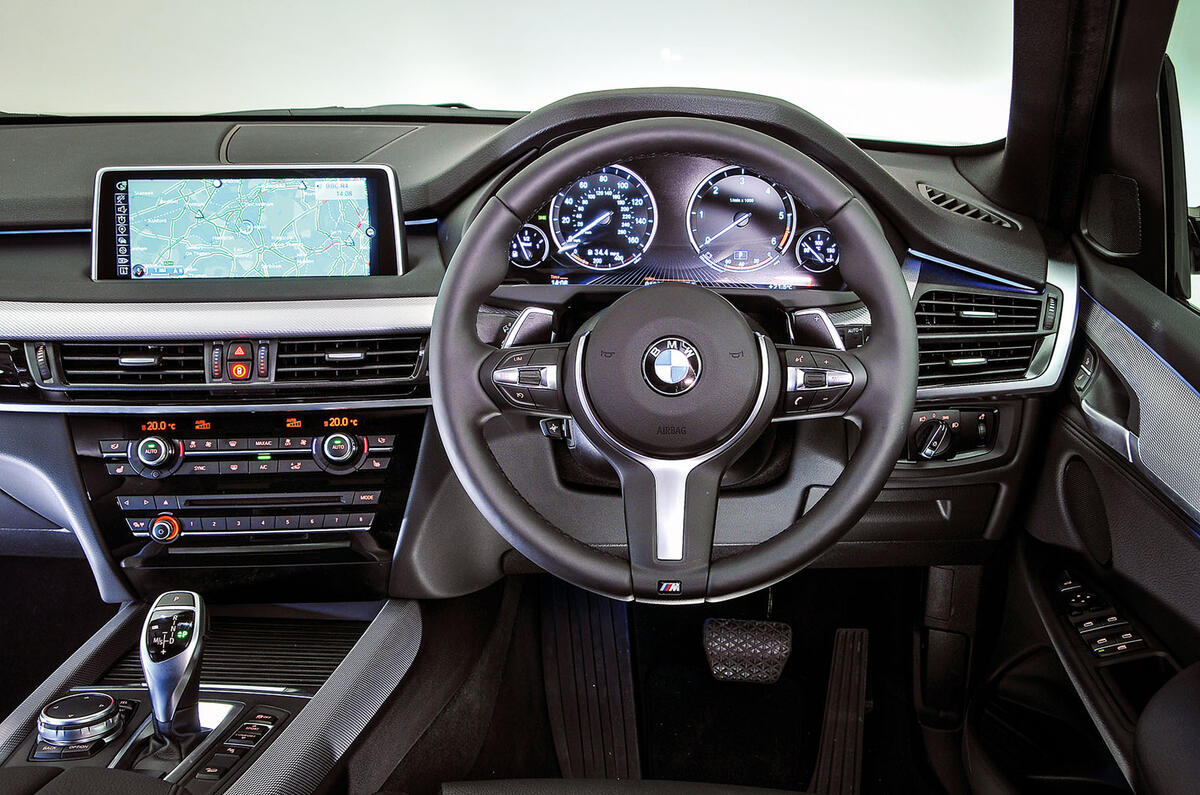
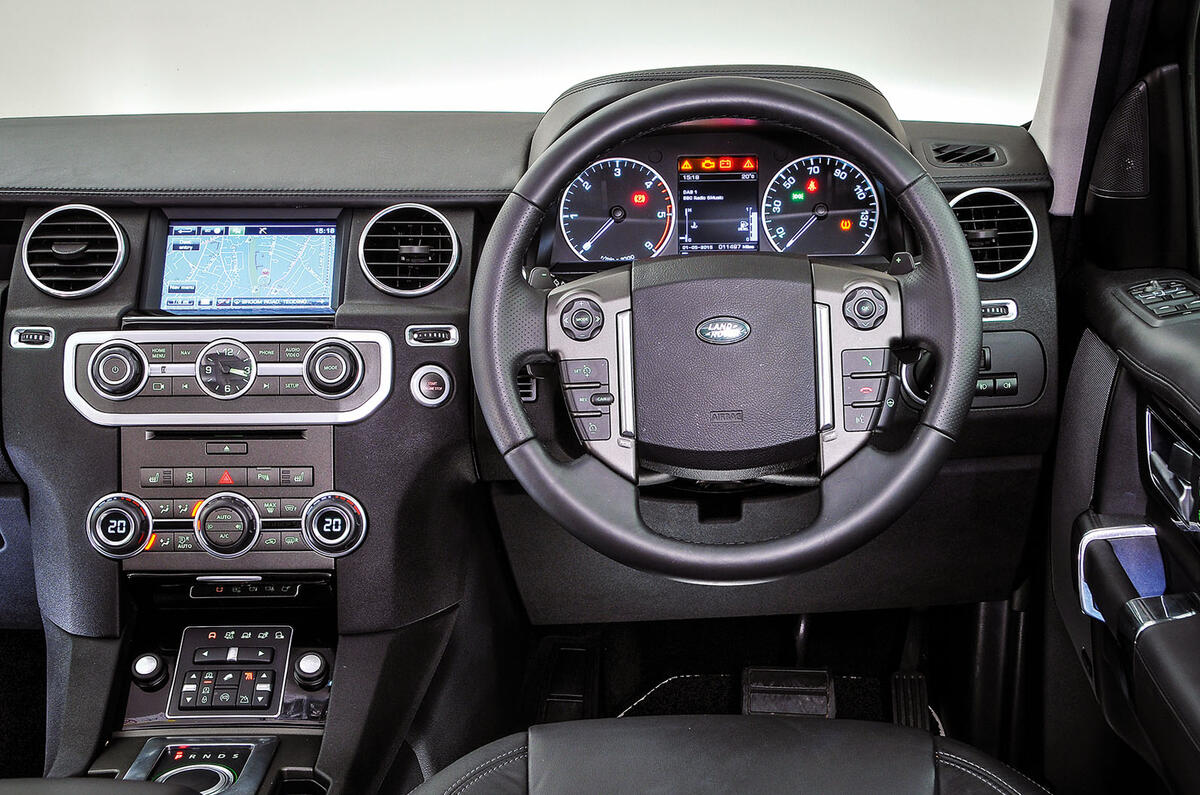
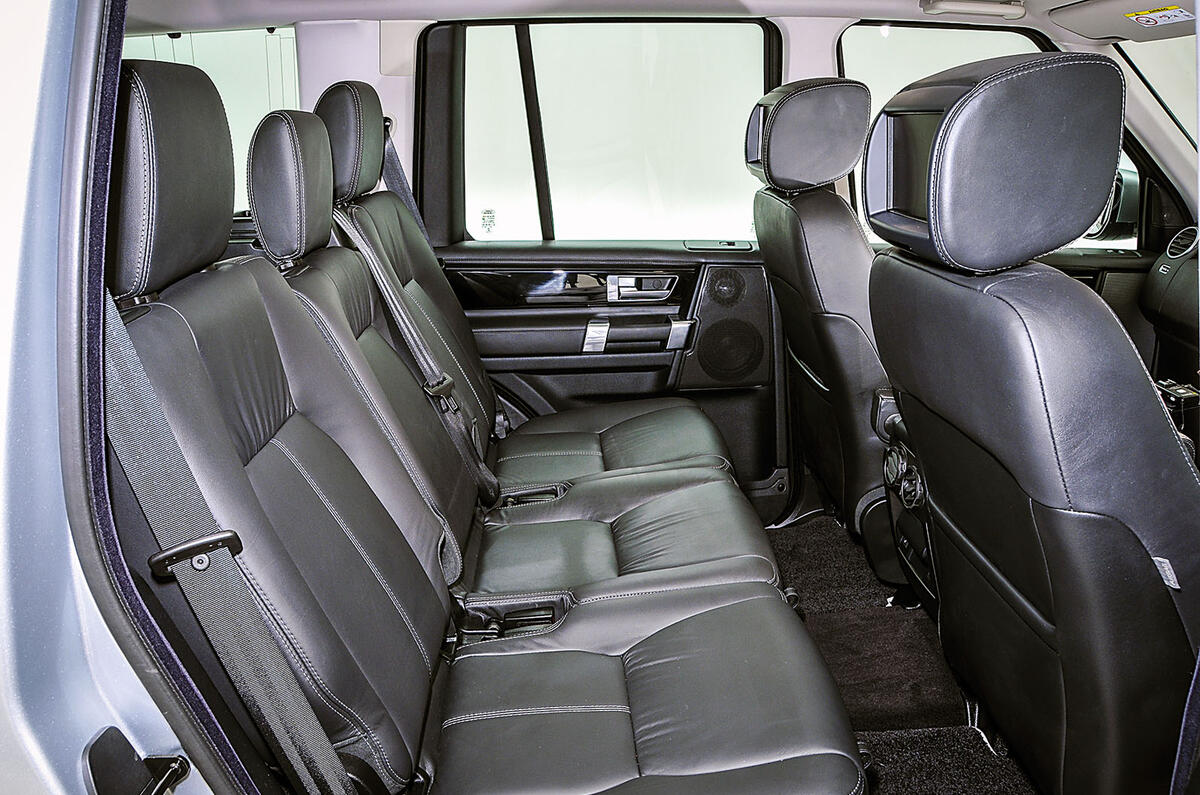


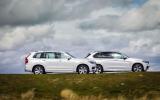


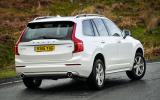



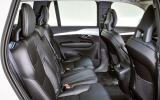
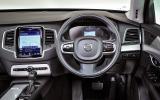

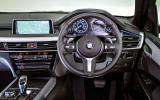
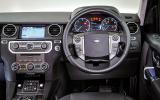






Join the debate
Add your comment
Autocar fails to surprise yet
D4 v xc90
In more general terms, I liked the space in the xc90 (better than d4 for everyday use I think) and the general drive though the engine note is a bit meh - not good but not particularly bad. The blond interior is actually pale grey (I hate grey interiors) - the amber might be very nice but not seen that "in the leather" . The standard speed limit indicator was very effective and simple
The standard XC90 doesnt come
X6